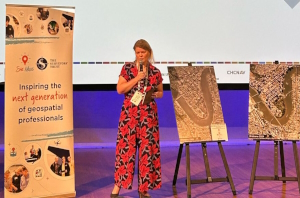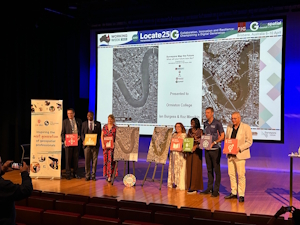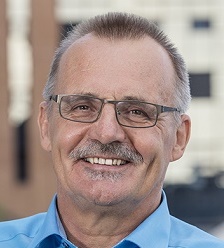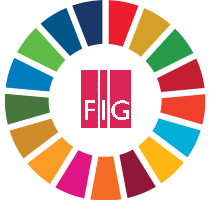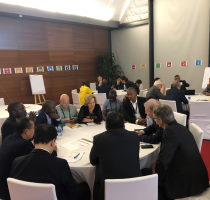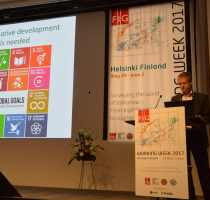FIG Task Force on FIG and the Sustainable Development Goals
(SDGs)
The Sustainable
Development Goals and related land indicators will
re-shape and influence our profession profoundly in the decade
to come. It is of crucial importance that FIG member
organisations and surveyors are aware and prepared on how their
(daily) work contributes to the achievement of the SDGs and vice
versa. What will be your role for the coming 10 years and how
can you make the world a better place with your skills?
Progress reports
Progress reports from SDG Task Force at FIG General Assemblies:
Commemorative plaque for Brisbane’s geospatial history
June 2025
During the
FIG Working
Week 2025 in Brisbane, Australia, the two FIG task forces on
“Diversity and Inclusion” and “FIG
and the SDGs”, in collaboration with
She Maps, organised a touching legacy project which will stand as a
lasting testament to this event.
They had developed a visual piece that connects past, present and future:
comparative images of Brisbane in 1975 and 2025, which were accompanied by
a commemorative plaque. This legacy is not just a frame with images, but a
visual story that reminds us how much a city can change, and how essential
geospatial technologies are to understand that change. Beyond that, it
leaves behind something tangible for the next generation.
There is a need for teachers who inspire, we need images that tell
stories, and we need young people to see themselves as part of the change.
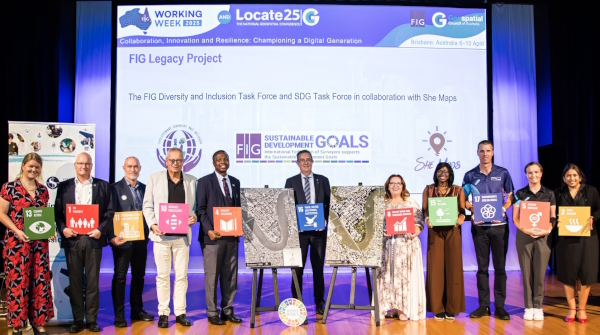
FIG SDG task force 2019-2026
The Council established a new task force for 2019-2022 and
continues it during the term 2023-2026.The task force will focus on FIG and the Sustainable Development Goals.This
task force is chaired by Ms. Paula Dijkstra from the
Netherlands.
Status Report and
Presentation, General Assembly 2021
Status Report, General Assembly 2020
Presentation, General Assembly 2019 in Hanoi, Vietnam
The Sustainable
Development Goals (SDGs) and related land
indicators will re-shape and influence our profession
profoundly in the decade to come. It is considered to be
of crucial importance that FIG member organisations and
surveyors are aware and prepared on how their (daily)
work contributes to the achievement of the SDGs and vice
versa. FIG has a responsibility to raise awareness on
the relevance of the SDGs and the indicators for FIG,
the commissions and the delegates, to facilitate
discussions to enhance SDG-related performance and to
contribute to the achievement of the SDGs. At the
General Assembly, during the FIG Working Week in Hanoi,
the council established the Task Force on FIG and the
Sustainable Development Goals. Ms. Paula Dijkstra was
appointed to chair the Task Force.
At the General Assembly, during the FIG Working Week
in Hanoi, the council established the Task Force on FIG
and the Sustainable Development Goals. Ms. Paula
Dijkstra was appointed to chair the Task Force. On this
page the FIG community can find information about the
relevant SDGs.
|

























